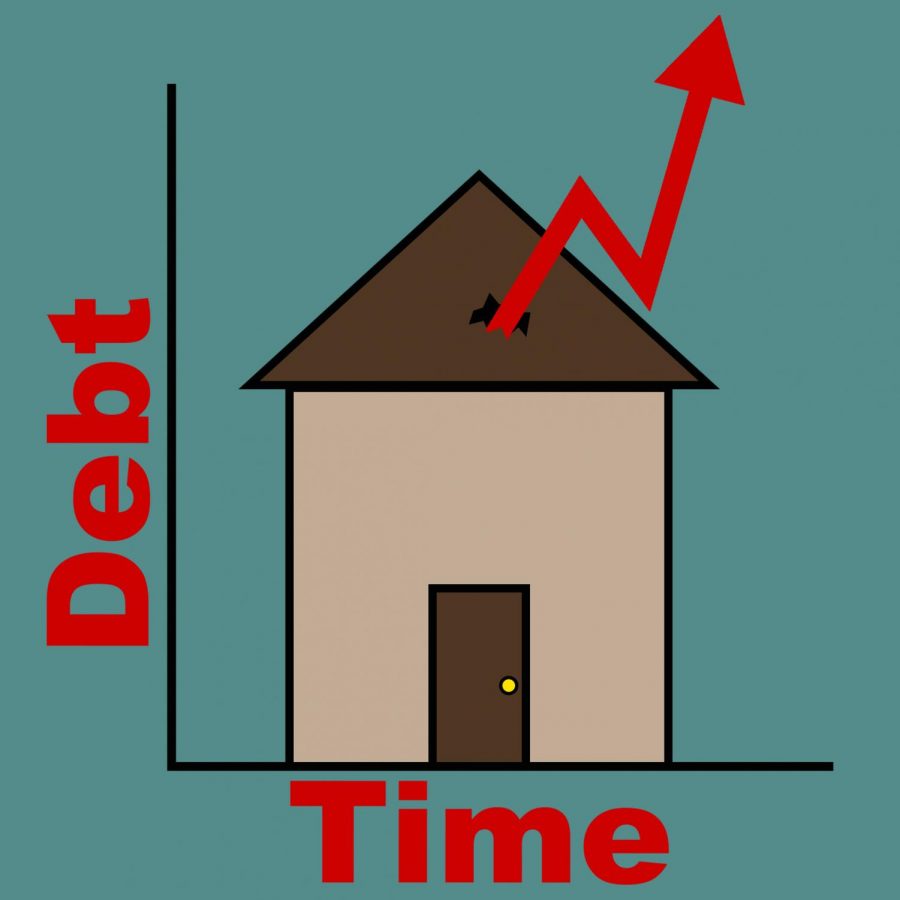The Debt Ceiling
The Debt Ceiling is a limit set on the amount of money the government is allowed to have in unpaid debt. This limit is currently set at $28.4 trillion, and as of now the national debt has reached $28.9 trillion.
November 18, 2021
If someone says “Did you hear about what’s going on with the debt ceiling?”, the two immediate responses might be: “No,” and “Wait, what’s the debt ceiling?”. But after thoroughly reading and re-reading a slew of articles, I feel qualified enough to tell you.
The Debt Ceiling is a limit set on the amount of money the government is allowed to have in unpaid debt. This limit is currently set at $28.4 trillion, and as of now the national debt has reached $28.9 trillion.
The Federal revenue is the profit of all the taxes the U.S. government collects, every year since 2001 this sum has been lower than the sum of Federal spending. This means for the past twenty years consecutively, the government has been borrowing money to satisfy their spending and thus racking up federal debt. Considering this pattern, we have hit the ceiling before- most recently in 2013 and before that in 2011.
Both times the limit was either raised or suspended before the U.S. Treasury ran out of it’s extraordinary measures. The U.S. is currently running on extraordinary measures and was projected by the Treasury Secretary to run out completely by Oct. 18. Never in U.S. history have we run out of money and extraordinary measures entirely, the issues resulting from this expenditure and the proceeding attempt at solution is something completely unprecedented in this country.
Another temporary raise in the ceiling was put into place until December to ensure taxes are paid up until that point and to give the parties time to mull over and better clarify their ideas to aid this crisis. After this acting pause is over, a long-time resolution is going to be called for.
I’m no economist, but the obvious first step to remedy this, or at least try to, seems to be balancing the federal income and the federal spending; to find a consensus of cutting expenses and bringing in more tax dollars. This wouldn’t alleviate the debt the U.S. has already racked up, but would prevent it from continuing to grow in the future. Along with this, I think we should get rid of the federal debt cap in whole, or at least get rid of it in its current form.
The Washington Post’s article Fourteen countries that don’t have debt ceilings and are not on fire states the only other democratic state that has a debt ceiling in place is Denmark, and they have theirs set “way above [it’s] actual debt level”. There, the ceiling has never been a massive financial problem or a means for political leverage the way it has been in the U.S.
It’s time for the U.S. government to better regulate themselves, to continue to provide governmental aid to those who need it and stop sidelining an economic crisis with temporary solutions.










